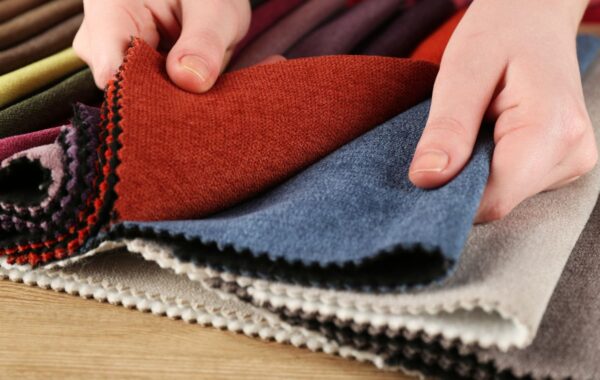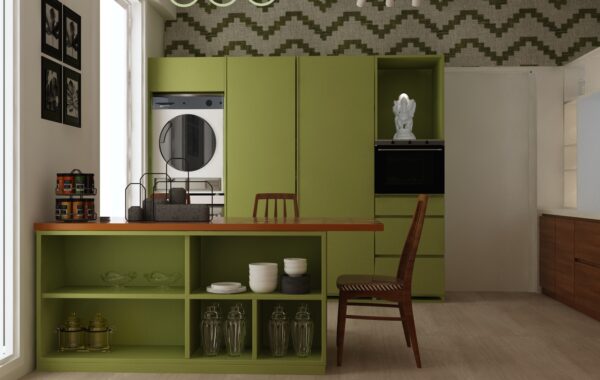Traditional design is static—but life isn’t. As you grow, your home should grow with you. That’s the idea behind Time-Flow Design: a space that evolves with your energy, goals, and every stage of who you’re becoming.
Let’s explore how this design philosophy transforms your home from a static shell into a dynamic ally—one that moves with you across seasons, decades, and emotional landscapes.

🌱 1. Designing for Mood Modulation
Your home influences your emotional state more than you realize. Color, lighting, layout, and materials all communicate with your nervous system. The key to emotional well-being isn’t just choosing the “right” design—but designing for change.
Mood-Sensitive Elements to Build In:
- Adjustable lighting: Dimmer switches, color-tunable LEDs, and layered lighting allow you to shift the energy from energizing (cool whites) to calming (warm ambers).
- Reversible or modular decor: Think slipcovers, pillowcases, wall art, or rugs that can be easily changed based on season or mental state.
- Flexible scent zones: A calming lavender diffuser in one corner, and a citrus or rosemary spritz in another for alertness.
When your space can support both stillness and stimulation, you naturally become more attuned to your own needs—and more empowered to meet them.
🎯 2. Designing for Goal Shifts
Your ambitions evolve, and your space should help—not hinder—those transitions. A room that once served as a guest room might later become an office, a nursery, or a creative studio.
Goal-Based Flexibility Tips:
- Use multi-purpose furniture: A bench with hidden storage, a daybed that becomes a couch, or a fold-out desk can radically expand functionality.
- Avoid fixed built-ins unless absolutely necessary. Opt for movable partitions or freestanding shelving to create zones without committing to walls.
- Incorporate ritual zones: Even a tray with a journal and candle can signal a space for reflection. These micro-rituals support changing habits over time.
When your space supports your evolving aspirations, it becomes a silent cheerleader for your growth.
👶🧓 3. Designing for Aging Gracefully
Designing for “forever” doesn’t mean locking into one aesthetic—it means planning for graceful transitions.
Whether you’re 30 or 70, Time-Flow Design includes:
- Wider walkways and open floor plans for mobility
- Lever handles instead of knobs
- Non-slip flooring that’s beautiful and safe
- Comfortable, low-maintenance materials that stand the test of time
This doesn’t mean your home has to feel clinical. In fact, future-proofing your design with intention means you won’t have to sacrifice elegance for practicality later.
🪑 4. Furniture That Evolves with You
Time-Flow Design encourages investment in pieces that grow with you, not just fill space. Look for:
- Modular sofas that can be reconfigured as your layout changes
- Expandable dining tables that support everything from solo breakfasts to family dinners
- Timeless materials like oak, linen, wool, or matte metals that age gracefully and adapt to changing trends
A well-chosen piece of furniture should feel like a companion—there to support your needs, no matter the chapter.
🌈 5. Seasonal Shifts, Subtle Tweaks
Just as nature moves through cycles, your interior should shift with the seasons—both external and internal. You don’t need a total redesign every quarter; small, meaningful changes create powerful energetic resets.
- Swap out throws and textiles with the seasons: lighter linen in summer, heavier knits in winter
- Rotate art or objects that reflect your current focus—peace, productivity, romance, rest
- Introduce seasonal color accents: warm tones in fall, bright whites in spring
This rhythm keeps your space emotionally alive—aligned with how you’re feeling, not stuck in a fixed mood.
🧭 6. Zones That Flow with Time of Day
We move through different “selves” throughout the day. A space designed with Time-Flow principles will support morning rituals, afternoon focus, evening winding down, and deep sleep—without needing four separate rooms.
Ideas to try:
- A corner reading nook becomes a meditation zone in the morning and a wine-and-journal spot at night.
- The dining table doubles as a creative workspace with smart storage solutions.
- Use smart lighting or curtain automation to let your environment shift naturally with time and energy.
The best interiors aren’t just beautiful—they’re intelligent in how they meet your emotional and physical needs throughout the day.
✨ Final Thought: Home as a Moving Reflection
Your home should never be a museum of who you were. It should be a living reflection of who you’re becoming.
Time-Flow Design helps your space evolve with your goals, moods, and life changes. Ask yourself:
– Does my home support me today?
– Can it grow with me tomorrow?
If not, start small. One intentional change at a time. Because life moves—and your space should too.


